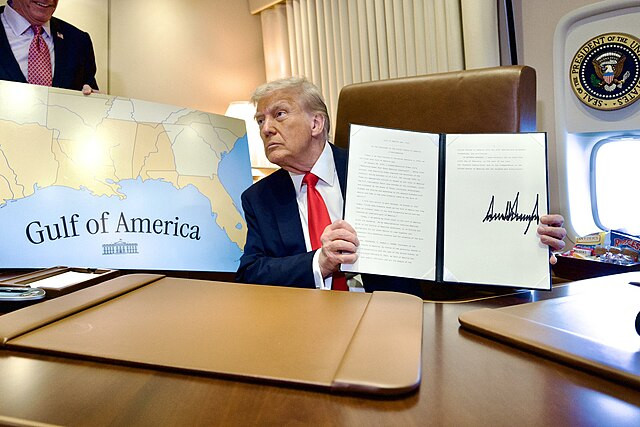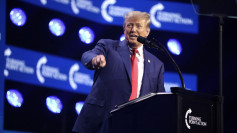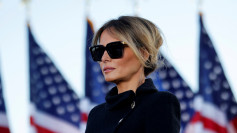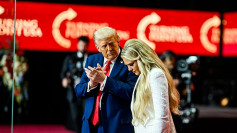President Donald Trump on Monday announced a new wave of tariffs, including a 25% levy on imports from Japan and South Korea, intensifying trade pressure ahead of a self-imposed August 1 deadline for negotiating bilateral deals. The move, part of a broader tariff campaign that began in April, also targets goods from Malaysia, Kazakhstan, South Africa, Laos, and Myanmar, with rates ranging from 25% to 40%.
"Please understand that the 25% is far less than what is needed to eliminate the Trade Deficit disparity we have with your Country," Trump wrote in letters to Japanese Prime Minister Shigeru Ishiba and South Korean President Lee Jae-myung. "If for any reason you decide to raise your Tariffs, then, whatever the number you choose to raise them by, will be added onto the 25% that we charge."
The announcement rattled financial markets, with the Dow Jones Industrial Average falling 526 points, or 1.2%, by midday. The Nasdaq slipped 1%, while the S&P 500 was down 0.9%. The yield on the 10-year Treasury note climbed to 4.39%, fueling concerns about inflation and rising borrowing costs.
Under the new structure:
- Malaysia: 25% tariff
- Myanmar: 40%
- Laos: 40%
- South Africa: 30%
- Kazakhstan: 25%
Autos will be taxed separately at 25% globally, and steel and aluminum imports at 50%, according to the administration. Trump warned that "goods transshipped to evade a higher Tariff will be subject to that higher Tariff."
White House press secretary Karoline Leavitt said Trump's letters were "tailor-made trade plans for each and every country on this planet." She added that the tariffs are designed to rebalance trade and help fund tax cuts signed into law on July 4. Trump will delay implementation until Aug. 1 to allow additional talks.
Wendy Cutler, former USTR official and current vice president at the Asia Society Policy Institute, called the tariffs on Japan and South Korea "unfortunate," saying, "Both have been close partners on economic security matters and have a lot to offer the United States on priority matters like shipbuilding, semiconductors, critical minerals and energy cooperation."
The new tariffs come as the administration nears the end of a 90-day pause announced in April when Trump first unveiled 10% duties on most imports. That pause was designed to allow time for negotiations, but trade frameworks have only been reached with the United Kingdom and Vietnam.
The UK deal maintains a 10% tariff baseline but exempts most British cars, steel, and aluminum. The Vietnam deal includes a 20% base tariff and imposes 40% duties on transshipped goods originating in China or other nations.
Japan and South Korea remain among America's top trading partners. In 2024, the U.S. ran a $69.4 billion goods trade deficit with Japan and a $66 billion deficit with South Korea, according to U.S. Census Bureau data. Trump's earlier trade pacts with both nations during his first term are now under scrutiny as the administration pivots to unilateral tariff enforcement.
Trump has also warned countries aligned with BRICS-including China, India, South Africa, and Indonesia-that they may face an additional 10% tariff hike.
"These Tariffs may be modified, upward or downward, depending on our relationship with your Country," Trump wrote.






